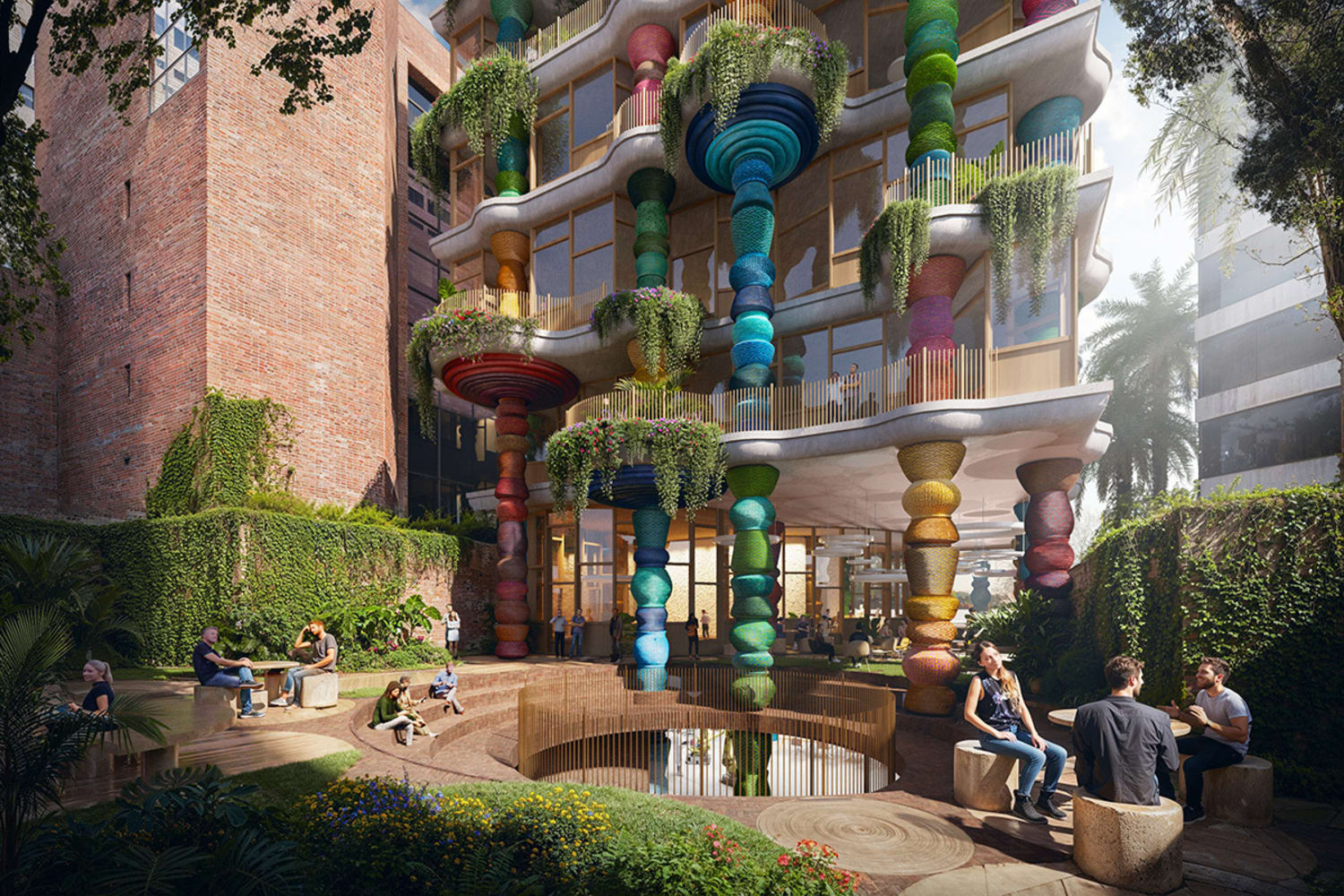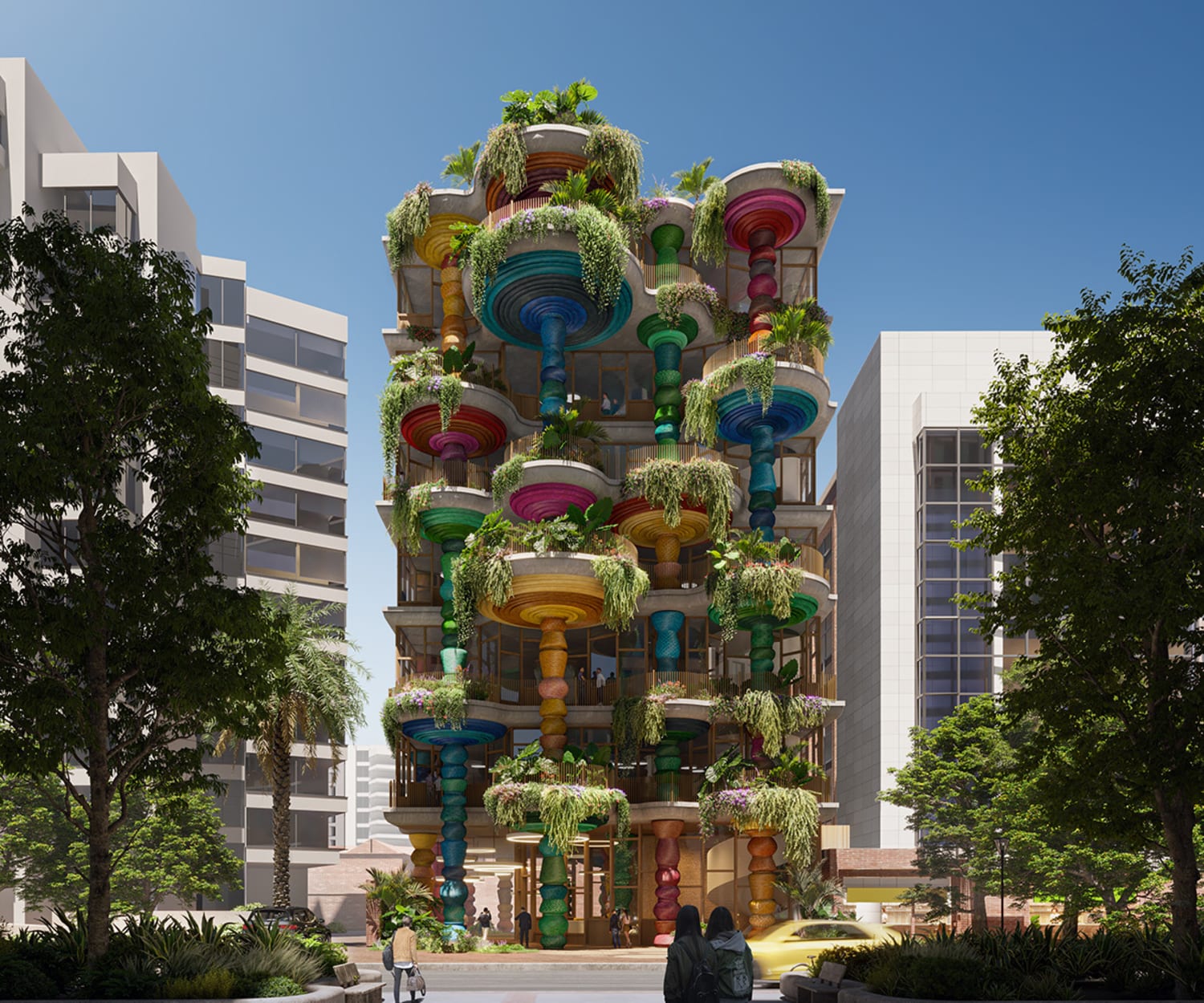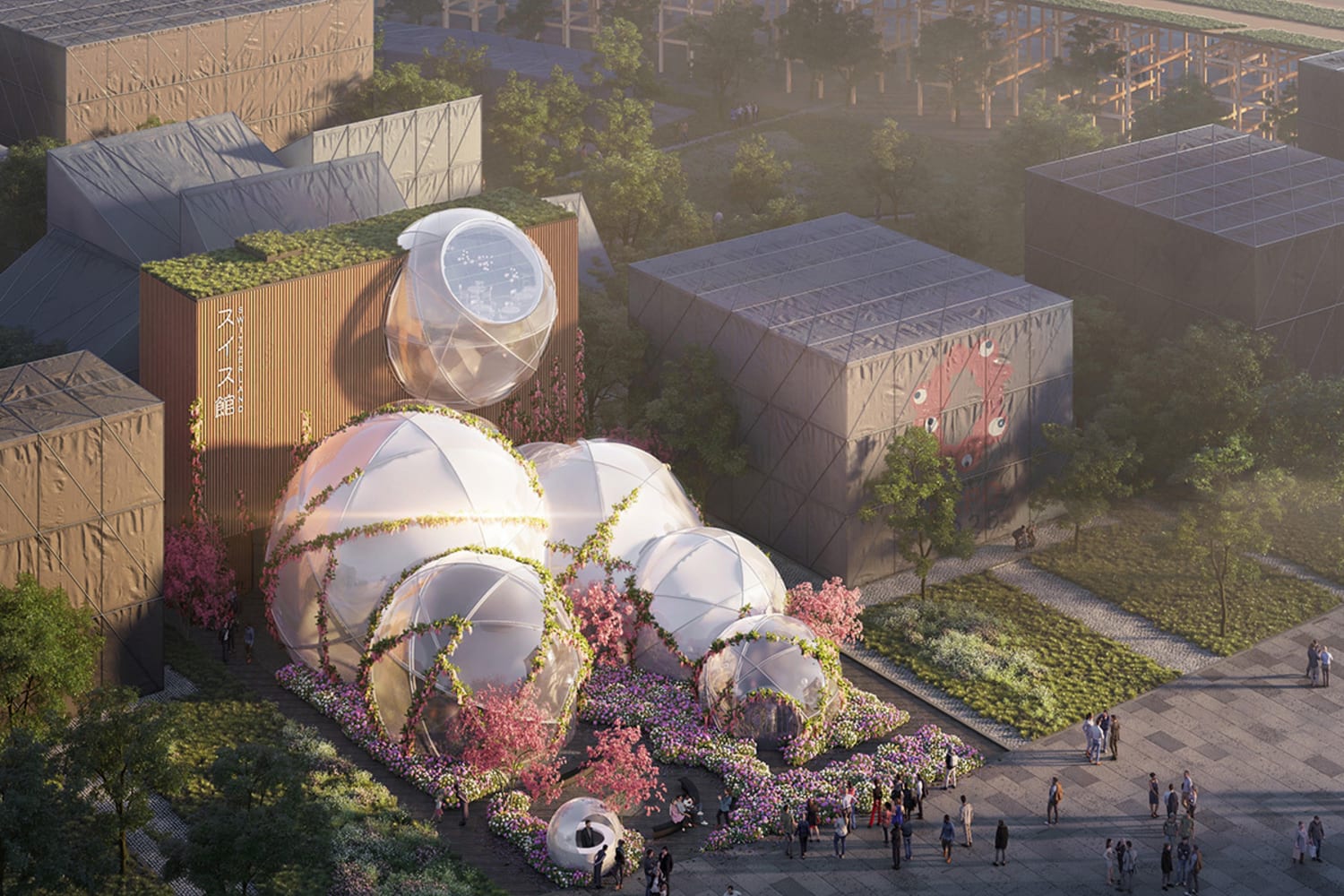Architectural practices are championing buildings that are intriguing, whimsical, and that foster connection. Chief proponent of this concept is Thomas Heatherwick’s Humanise Campaign, which the architect says is about “making [cities] more joyful and engaging through the design of buildings.” “We need to be asking how do buildings make us feel? What is their impact on our emotions? Do they create the conditions where people feel safe, happy and included?” the campaign states. With the belief that “boring buildings deprive us of crucial sensory information,” Heatherwick’s campaign argues that buildings should “captivate” from three vantage points – from a distance of 40 meters, 20 meters, or 2 meters, otherwise expressed as “from city, to street, to door.”
As part of Humanise’s mission to put these ideas into practice, the campaign has partnered with the UK’s Loughborough University to design content for a new MA program in Architecture & Design, which will launch in fall 2025. As part of the collaboration, there will also be a series of lectures and workshops exploring “the idea of emotion as a function of design,” the university said.







